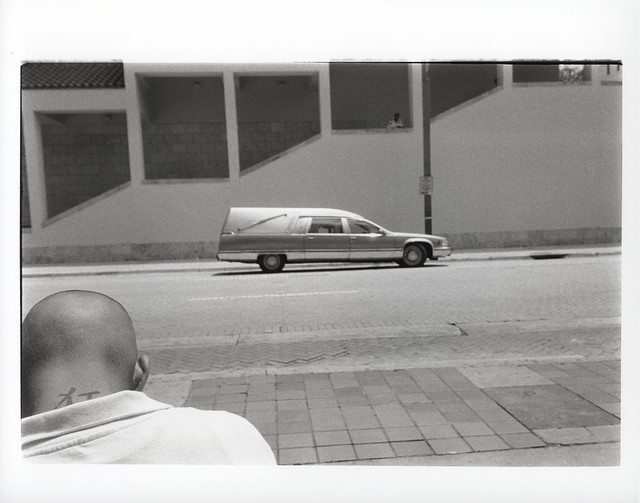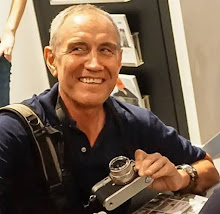Here is one, next to my "Zorki 5":
Three ounces of Bakelite with a bit of glass and a few metal parts.
It was very popular among girls in early 30s, because it was cheap.
Really cheap. Seriously cheap.
Here is the page of the Official Girl Scout catalog, year 1933:
It is called there "A New Camera" with a price tag of 35 cents.
35 cents! For the price, it was not too bad.
Unlike some other cameras (Japanese "Hit", for one) it could actually take a picture.
Sometimes adults used it, but most of the Univex's users were kids.
The idea of the Univex enterprise was to make money selling film, not camera.
The proprietary Univex 00 film model A ate had been manufactured by Gevaert in Belgium.
The idea worked: Univex sold millions of ugly ducklings until 1940, when Belgium went under and suddenly 00 film was no more.
That was the end of Model A.
End of story.
I received mine from a village in rural Missouri. It had exposed roll of 00 waiting inside:




